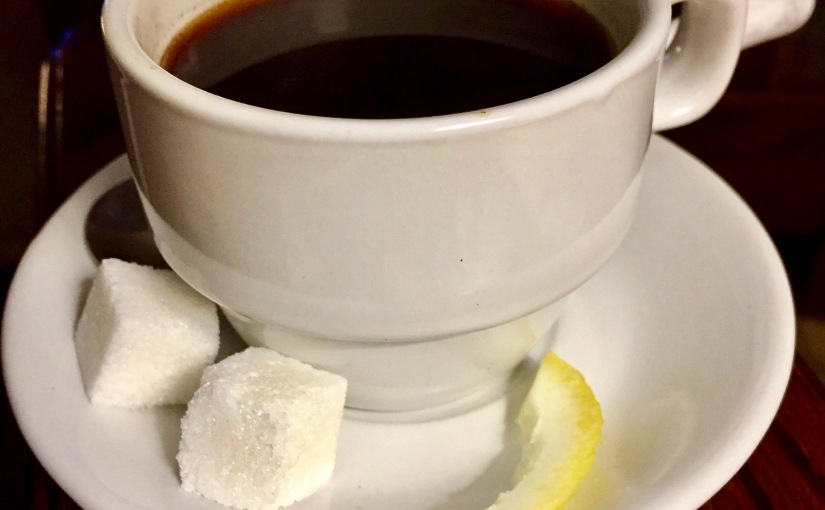This entry concerns the “Massachusetts” episode of Anthony Bourdain: Parts Unknown.
Featured image Anthony Bourdain (left) poses with fellow kitchen staff at his first restaurant job in Provincetown, Massachusetts. (Photo: zsreport on Reddit)
I have seen about half of the nearly 50 episodes of Parts Unknown, the foodways-travel-cultural-critique show hosted by chef and cynic Anthony Bourdain. “Massachusetts” was not even close to the first episode I saw, but I choose to write about it now because it’s a good one to start with. Bourdain visits Provincetown, Massachusetts, where he lived as a young man.

Bourdain reminisces about his young adulthood spent frequently high and almost vagrant in that beachside community. It was a bit of a Bohemian refuge, far out on a peninsula, and so it supported a community of various kinds of nonconformists—in terms of attitudes toward recreational drugs, sexual orientation, politics, and you name it. I admit that I was at first caught off guard by Bourdain’s revelation that he had been a heavy drug user, including heroin and other very dangerous ones. On the other hand, I found it refreshing that he was secure and courageous enough to own up to it and face it squarely—as a fact of his youth and as a sadly worsened scourge of rural areas all over that state.

Ultimately, what I want to point out is that we will occasionally push the boundaries of what you might consider foodways to include things that might be dangerous, offensive, even frightening for some. If we gather it, prepare it, ingest it, we can propose to understand it in personal and cultural terms. In this way, the current Massachusetts heroin epidemic (and Bourdain’s past with it) are certainly worth studying.
Incidentally, it was in Provincetown that Bourdain found himself working at his first kitchen job. It was the first step on a long and winding and occasionally bumpy path that led him to be the subject of this and perhaps a dozen or more of my class’s blog posts.















